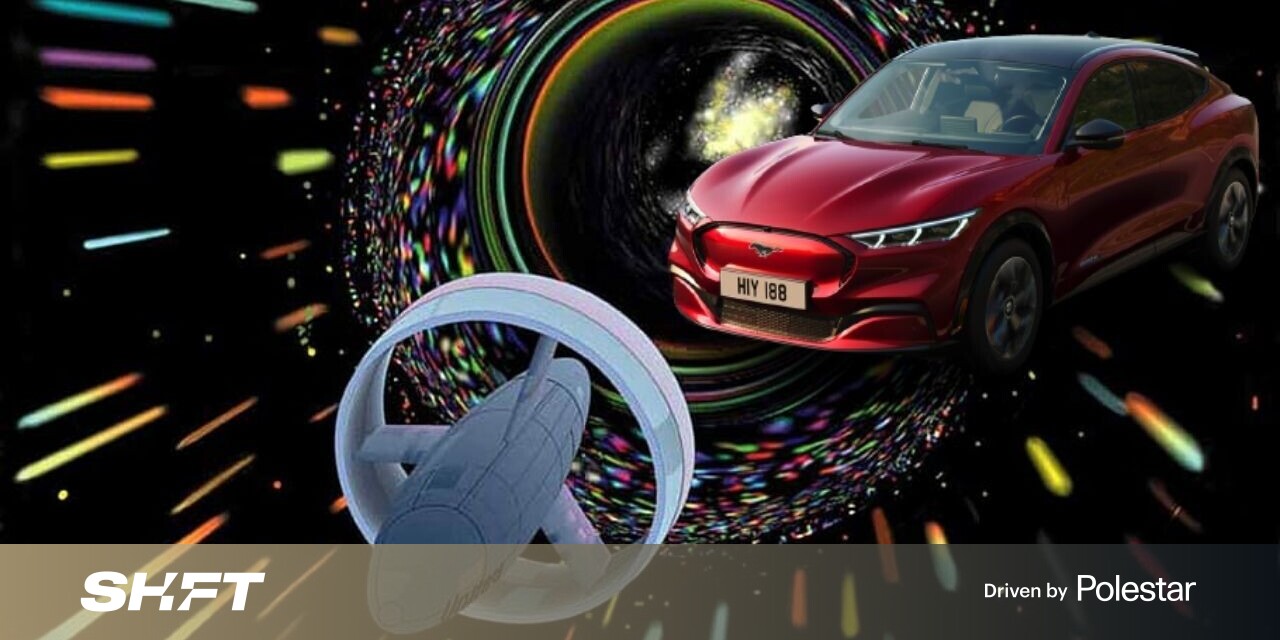
Connectivity, automation, electrification, and AI — these profound waves of change are all converging upon mobility right now. So, it’s only reasonable to wonder how legacy automakers will be able to transform as well, in order to meet the new needs of travelers.
Speaking at the TNW2021 Conference, Usha Raghavachari, Innovation Lab Director at D-Ford, described how her team can bring a 118-year old brand into the future.
D-Ford is a design startup within Motor Company, whose mission is to help the company learn and adopt new tools to create “what’s next.”
As Raghavachari explained, D-Ford is focusing on a human-centered design approach, which aims to “drive human progress through empathy, creativity, and design.”
This means that the consumer is at the center of the circular process the startup is implementing: learn, imagine, and design.
To make this happen, ethnographic research is conducted all around the world to identify both the logistical and the emotional needs of consumers.
Based on this data, D-Ford enters the imagine phase and tries to envision the products, services, and ideas that would address those needs.
Consumers are also encouraged to be present within the design process by getting involved in workshops and providing insights and impressions.
That way, human-centered insights and experiences can help explore how we will live and travel in years to come, and in turn, how the mobility market will evolve.
In fact, according to Raghavachari, placing the consumer in the center significantly “de-risks” the investment in future products.
She also believes that her team can transform Ford from an industrial company to an ecosystem, offering not only hardware solutions, but also software services and broader experiences.
Do EVs excite your electrons? Do ebikes get your wheels spinning? Do self-driving cars get you all charged up?
Then you need the weekly SHIFT newsletter in your life. Click here to sign up.